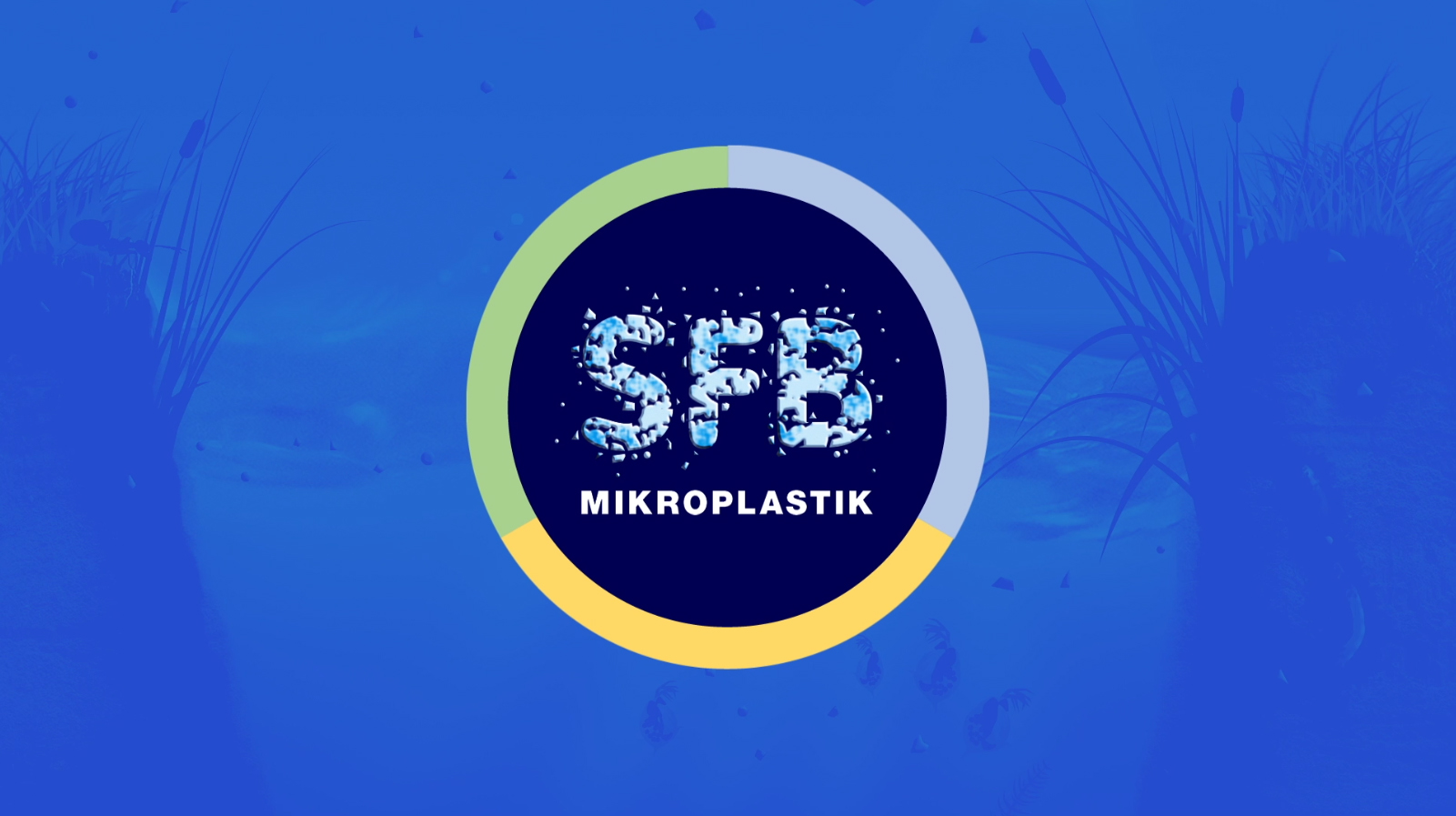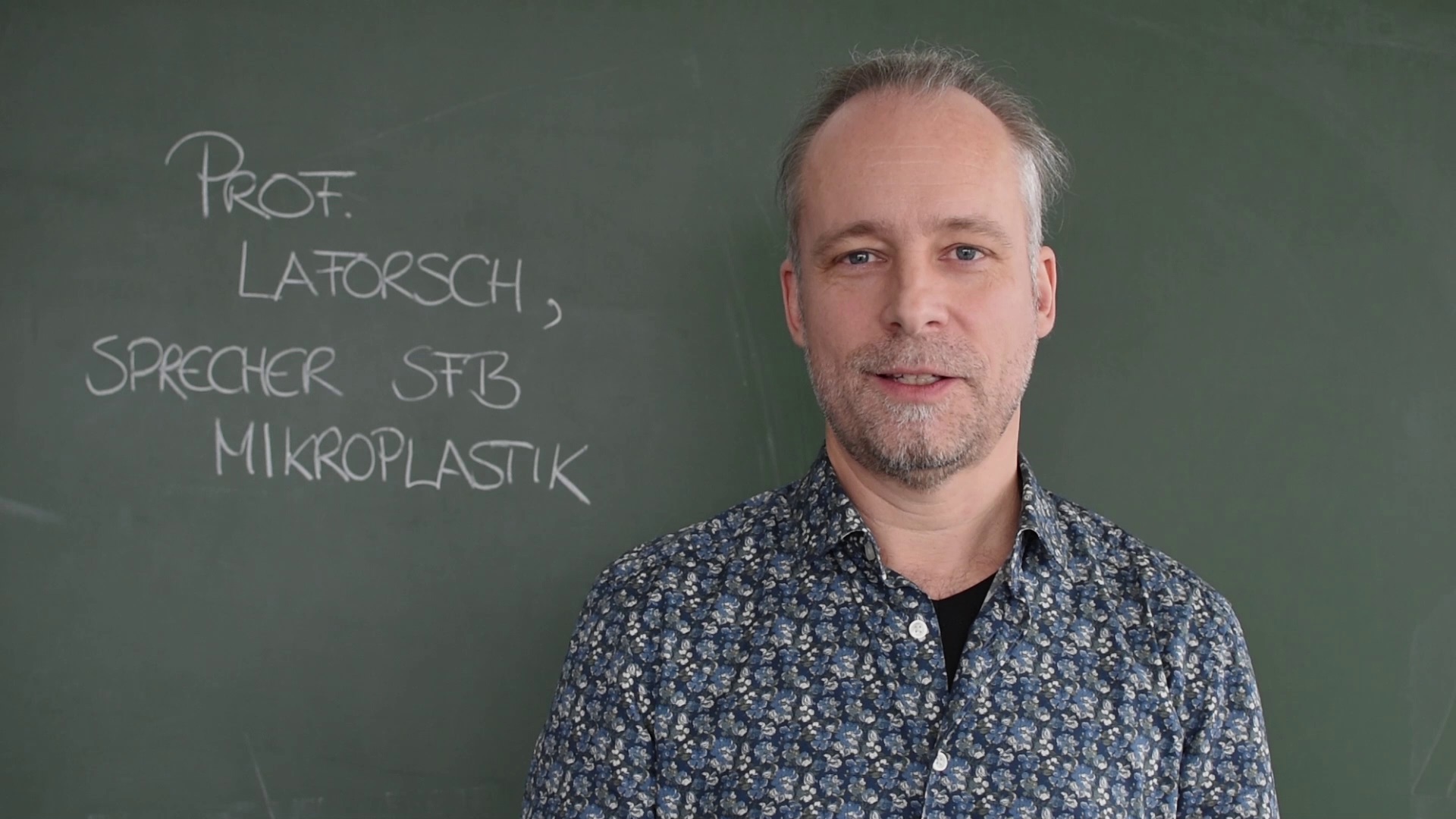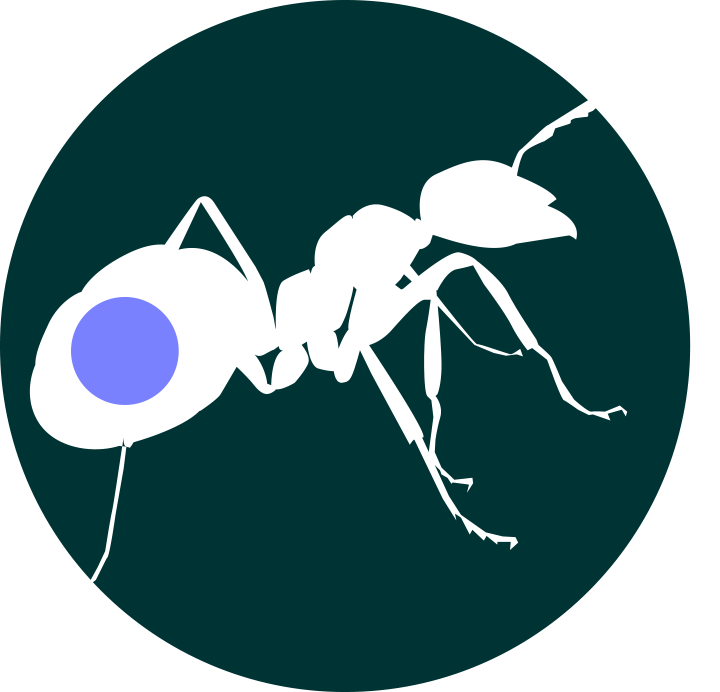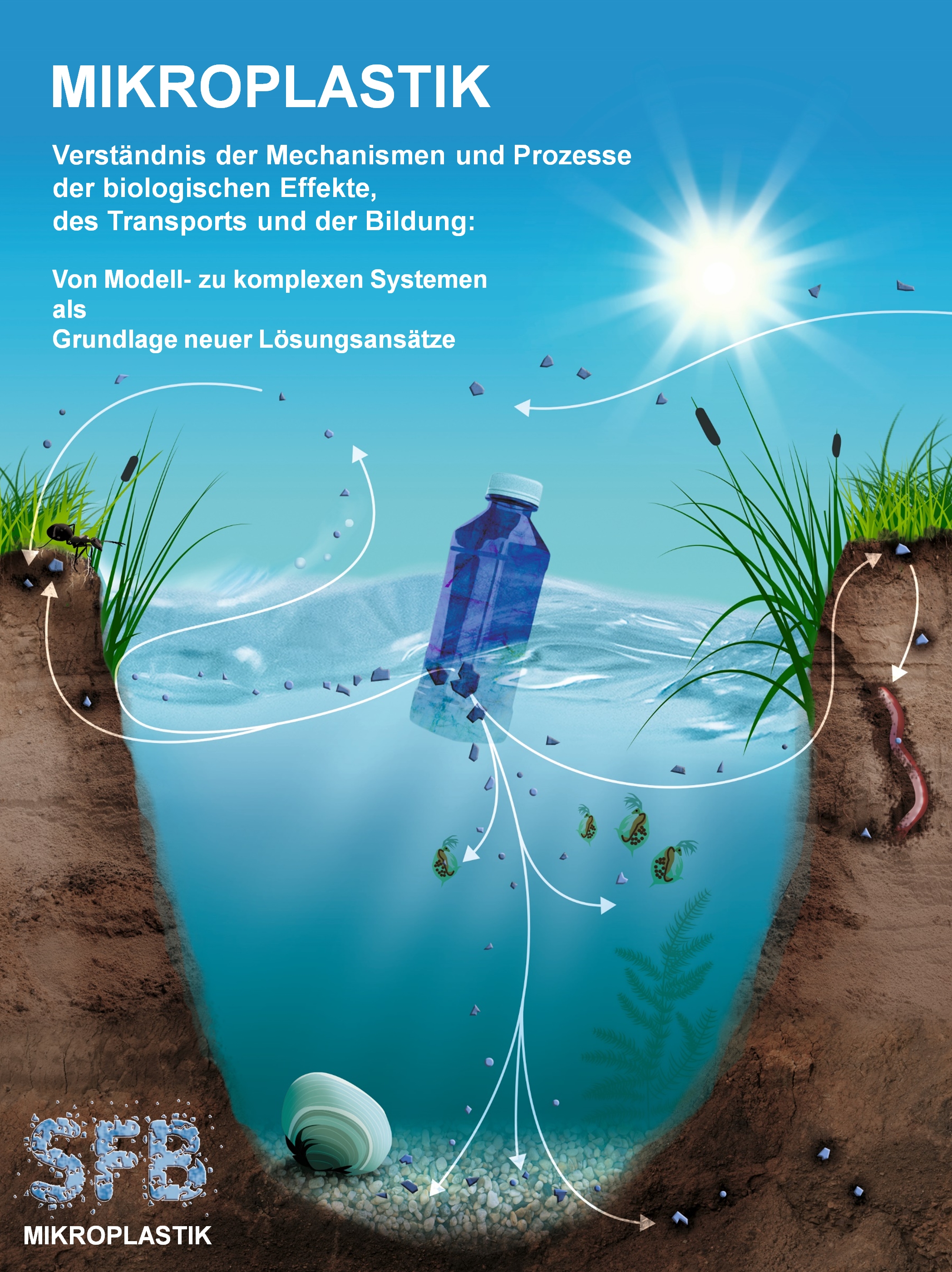Collaborative Research Center 1357 Microplastics
Understanding the mechanisms and processes of biological effects, transport, and education:
From model to complex systems as a basis for new approaches to solutions.
The ubiquitous contamination of the environment by microplastics (MP), the associated potential risks for ecosystems and ultimately for our health, has recently become very much in the focus of public and scientific interest.
To date, the young research field of MP has been mainly limited to the development of appropriate monitoring methods, quantitative assessment of environmental contamination, identification of relevant input pathways, and initial input minimization approaches. Ecotoxicological issues were mostly investigated using virgin plastics. However, all these approaches have so far lacked a fundamental understanding of the physical, chemical and biological processes MP undergoes in the environment. The scientific complexity of MP requires an interdisciplinary approach that bridges traditional disciplinary boundaries.

Released 15.09.2022
CRC 1357 Microplastics - Who are we?
The researchers of the Collaborative Research Centre 1357 Microplastics introduce themselves and explain where their motivation comes from to research in the exciting and interdisciplinary field of microplastics.
Click here for the full version of the video (German).

Released 27.02.2020 - © UBT
CRC 1357 Microplastic
Professor Dr. Christian Laforsch, spokesman of the Collaborative Research Center Microplastics presents the Collaborative Research Center 1357 Microplastics in this short portrait.
Click here for the full version of the video (German).
The goal of this SFB initiative is - based on model systems for plastics, organisms and environmental compartments - to gain a fundamental understanding of those processes and mechanisms which, depending on the physical and chemical properties of the plastics
- biological effects of MP in limnetic and terrestrial ecosystems
- influence migration movements of MP particles within and between environmental compartments
- cause the formation of MP starting from macroscopic plastics.
These findings will provide, for the first time, a scientifically sound basis for assessing the environmental risks of MP of existing bulk plastics. Based on this, new environmentally friendly plastics in the sense of sustainable polymer chemistry will be developed - starting already in the first application phase - and verified on the basis of model systems.
Among other things, these new plastics will exhibit faster degradation processes through the application of accelerators and structural modifications and will contribute to the avoidance or reduction of MP. Based on the comprehensive knowledge gained from Phase I, plastics will also be specifically modified in the longer term (Phases II and III) so that they no longer exhibit harmful effects on organisms and on the environment as a whole due to their new properties.
The complexity of the model systems investigated is to be increased in the course of SFB 1357 in order to achieve the highest possible relevance in relation to real ecosystems.
Read more: Homepage of the CRC 1357 Microplastic
Subprojects with participation of the Chair of Animal Ecology I

Biological effects
A01: Effects of microparticles on aquatic model macrofauna as a function of particle properties: comparison of microplastics to natural particles.
In subproject A01, the effects of microplastics (MP) with different physical and chemical material properties compared to naturally occurring particulate material are investigated in the limnic organisms water flea (Daphnia) and zebra mussel (Dreissena polymorpha). The organisms were chosen because water fleas and mussels play an important role in the aquatic food web and both are exposed to a constant particulate load as filter feeders, and thus have an increased risk of unselectively ingesting MP present in the water. In Daphnia, classical life cycle traits such as mortality rate, growth and number of offspring, and in D. polymorpha, behavior and stress markers will be measured. To understand the biological and biochemical mechanisms of MP effects on these organisms, the transcriptomes and gut microbiomes of MP-exposed animals will be analyzed and compared to appropriate controls. In addition, since proteins play a central role in essential metabolic pathways and signaling cascades, MP effects will be studied in detail at the proteome level in the model organism Daphnia using a holistic and a tissue-specific approach. The data obtained will contribute significantly to the elucidation of the mechanisms of negative MP effects on these organisms.
Subproject leader: Prof. Christian Laforsch, Dr. Thomas Fröhlich
A03: Characterization of molecular and histological effects of microplastics in tissues (sections) of aquatic and terrestrial model organisms.
So far, it is not well understood whether effects of MP particles already occur during intestinal passage or only after absorption into the tissue. Furthermore, it is not clear which characteristics of the MP particles cause these effects. In this project, therefore, local histological and molecular changes in the tissue will be directly correlated with individual MP particles for the first time. A combination of imaging analysis methods (FTIR, Raman, mass spectrometry) and classical histology will be used for this purpose. The studies are performed with MP particles of different composition and morphology (spherical particles, fragments, fibers) in aquatic and terrestrial model organisms. By analyzing the same tissue section with complementary methods, molecular and histological changes in the tissue can be directly traced back to individual (specified) MP particles, thus providing new insights into the mechanisms of action.
Subproject leader: Prof. Christian Laforsch, Prof. Andreas Römpp
A04: Cellular uptake of microparticles as a function of elemental particle properties.
Different model MP particles as well as model particles for naturally occurring particulate material are incubated in freshwater and soil and resulting surface changes are characterized biomolecularly and physicochemically. Subsequently, different polyelectrolyte multilayer-coated model particles are prepared, each of which resembles the incubated particles in one property (e.g. identical mechanics or charge density). By comparing the different particles, the relevance of this property for the adhesion of the particles to cells and the internalization into cells will be quantitatively investigated.
Subproject leader: Prof. Holger Kress, Prof. Andreas Fery, Prof. Christian Laforsch


